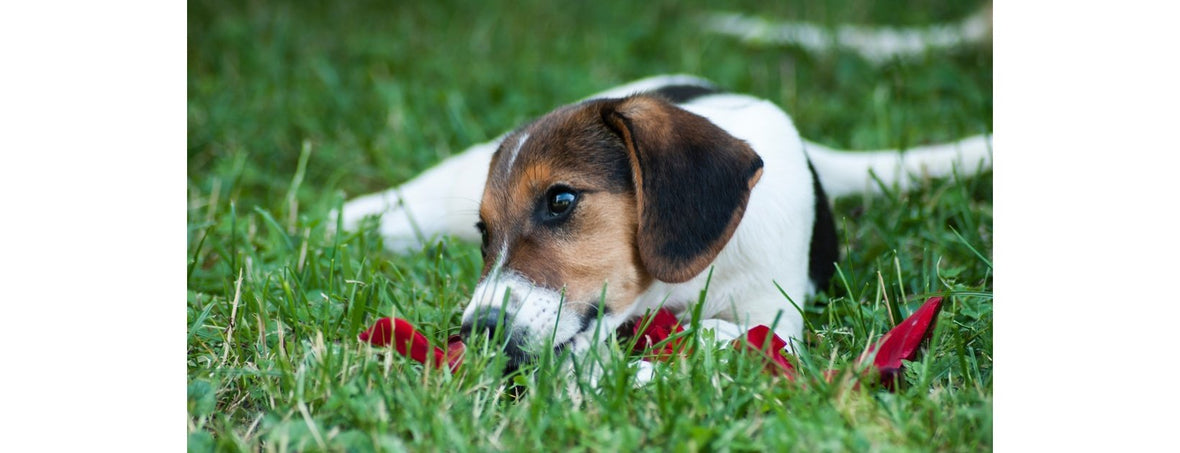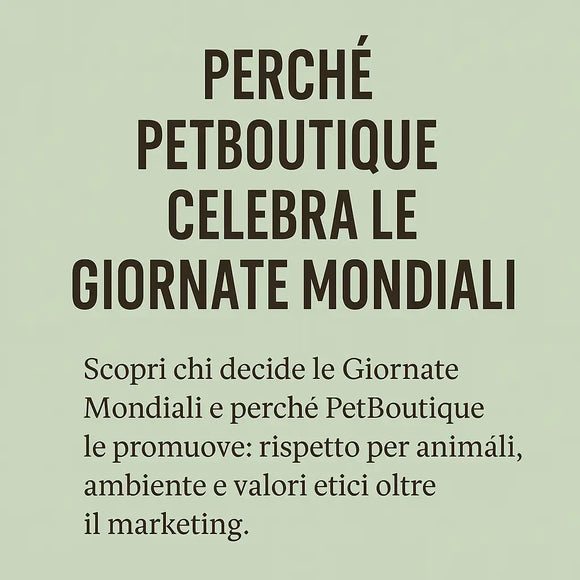
Parasites, let's try to get to know them and defend ourselves...
Adelchi Rainone
Oh yes, tell me... When the beautiful season begins, how wonderful it is to be able to go out with our faithful friend, run around the countryside, run through the woods, and observe him while he runs happy and entertained while we enjoy the warmth of the much desired sun during the winter? You'll say yes, it's beautiful! But like all good things, even in this case the coin has two sides. Yes, because if on the one hand what was written above is true, on the other hand it exists and sometimes it is not very pleasant for our poor four-legged friend. And I'll tell you more, this counter-altar also has a name, it's called PARASITE.
By definition, a parasite is an organism that draws vital substances from another living being, called a "HOST".
The guest can be:
- Definitive, if the adult parasites complete the sexual reproduction phase, dispersing larvae or eggs in the animal;
- Intermediate, if the animal hosts the larval forms of the parasites;
- Accidental, if it is a non-habitual guest, who generally does not transmit the infection;
- Paratenic, if it is a host in which the parasite is mechanically transferred and in which it does not carry out any development.
Generally the parasite is host-specific, that is, it nests in an exclusive species of hosts and in this case we are in the presence of high parasitic specificity. If the parasite settles in different host species, it is considered low specificity.
Depending on the place of settlement, two types of parasites can be distinguished, those that live outside the animal's body, called ectoparasites, and we can find them on the skin, on the mucous membranes, among the hair, claws or nails, and those that they live inside the animal's body called endoparasites. Worms and protozoa are part of this group and we find them in the digestive tract, in the blood.....
So now that we know in broad terms what a parasite is, let's see which ones most interest our 4-legged friend.
Our faithful friends have to deal with fleas, lice, ticks, mosquitoes, sandflies and even horse flies! In short, an army of little beings different from each other but all annoying and potentially dangerous.
As you may have understood, we will try to focus on ectoparasites, i.e. those that live outside and in this regard I have good news because good prevention, good animal hygiene and good environmental hygiene are a great help that we give to our furry guy.
Part of the ectoparasite family are insects, such as fleas and lice, mites where we find different species of ticks and scabies mites and last but not least fungi, more frequently called fungi, molds and yeasts.
Are you ready to set off to discover all these beings?!? Yesss!!! So let's go!!!!
Let's start by talking about fleas, wingless insects that feed on blood and thanks to the shape of their body, which is laterally flattened, they are able to slide easily between the hairs and their special "comb" allows them a Excellent fixation on the fur. Very often it is enough to take a walk in the park to open the doors of your home to fleas. The flea is mainly active between late spring and early autumn, but being quite resistant it can survive even a mild winter. In fact the environment plays a very important role! An insect that lives on dogs and cats as an adult but lays its eggs in dark and humid environments, so without us realizing it, our friends' kennels, litter boxes and blankets become a fantastic habitat for these evil insects! Not to mention that even the upholstery of your home is an ideal place....
We all know that fleas make our friend itchy, sometimes very itchy, but do you know what actually causes the itch? The mouthparts of fleas are long and thin, and this allows them to pierce the host's skin easily and quickly. Here, the saliva, injected with the sting, causes itching. And not only that, in fact it can often give rise to allergic dermatitis or it can inoculate larvae of other parasites such as tapeworms through the saliva. If our friend has fleas or lice, he may understand that he licks himself, thus ingesting the parasites. In adult dogs the pathogenic power is not high and at most anal itching may be encountered. It is different for puppies, especially if the infestation is generalized and massive, because in this case the problem takes on a certain gravity and can give rise to non-negligible phenomena. You may notice phenomena of intestinal disorders such as diarrhea or cases of constipation which lead our furry friend to a condition of overall discomfort with loss of appetite and weight loss.
How do we eliminate these insects?
Well, let's attack these insects on two fronts 😅! On one side we face the enemy with pesticides , shampoos , foams, collars, powder and liquid products in pipettes to apply to the skin and, on the other front we attack with vacuum cleaners, sanitization and washing! And this front is very important because we must not forget that most fleas are not found on the animal, but on the kennels, in cushions, in toys, collars, so everything must be sanitized and kept clean. And you will say oh my god, but I don't have time to stand there and do all this sanitization! Well, I assure you that it takes more time to say it than to do it! Using specific products means that you can clean and sanitize in one go, thus avoiding the double step!
And the lice??
The dog can encounter two families, the Trichodecres canis, family of biting lice and the Linognathus setosus, family of sucking lice.
The first is known as highly host-specific and cannot be transmitted to humans or to other species but our friend can encounter it mainly if he comes into contact with another dog and therefore contracts it through direct contact. I was telling you mainly because it could happen through the use of infested combs, brushes or collars. It prefers dogs with long, thick hair and neglected hygiene and nutrition. It nests near the skin and feeds on scales (dandruff) and sebum. It doesn't sting, but its constant movements on the skin of the unfortunate dog create annoying itching that also makes him a little nervous! And as we know, continuous scratching can create lesions and consequently scabs or skin sores that should not be overlooked.
And who are the members of the sucker family? They are non-host lice - specific, in fact we also find them in foxes, but they too love long hair and poorly cared for animals. They are suckers because their mouth parts allow them to pierce the host's skin and feed on blood. They're practically mini vampires🧛😁!! The pathogenic power of this parasite is not high, but obviously depends on the degree of infestation; it can cause localized hair loss and in the most serious cases it can lead our friend to scratch so much that it causes skin lesions.
And the cats??

Drum roll!!! Meet Felicola subrostratus, the only cat-specific family of lice🐈!!
This biting louse also only settles in neglected and long-haired cats but is also rare in stray and wild cats. It also carries out its life cycle (which lasts 1 month) on the host, remaining attached to the base of the hair. They nest in well-defined locations, such as the head, but do not disdain naturally humid areas such as the nostrils, mouth and ears. It is transmitted in two ways, directly, i.e. from cat to cat, and indirectly, i.e. through the use of accessories such as brushes, combs and infested baskets.
Since they spend their entire life cycle on the host, it may not be necessary to extend the disinfestation to the environment (although, in my opinion, keeping the home environment clean and sanitized certainly does not hurt) but it may be sufficient to treat the animal and clean all its accessories. The products on the market, and available in sprays, shampoos , collars and pipettes guarantee effective elimination of lice.











